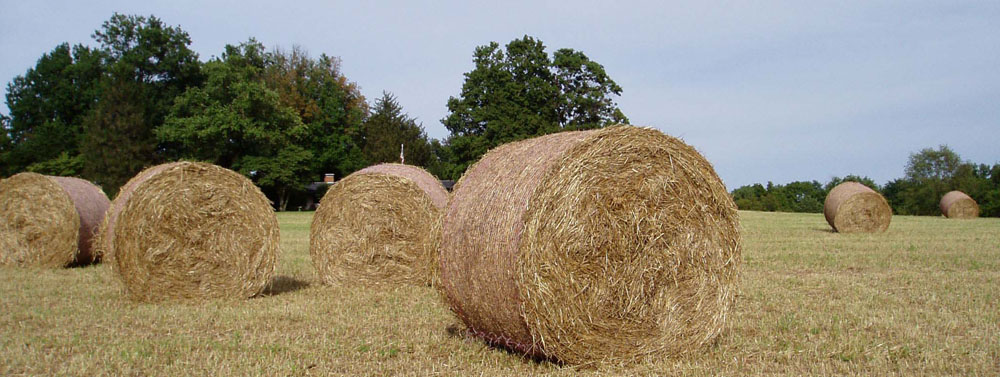Local Resource Endowment Comparative Advantages – Secret Life of Rural Communities
When the benefits of an activity are difficult to put a dollar value on, or monetize, the traditional cost curves don’t tell the whole story. Total costs are the sum of all the variable costs and fixed costs. Undervalued community assets, if included, would effectively lower operational fixed costs.
In the post, Discovering the Value of Community – Secret Life of Rural Communities, social, political, and cultural capital do not monetize easily. The reality that these values are not easy to measure does not disqualify them. Today’s chart explores the possibility that a strong community delivers quality of life and economic benefits through networks that are not measured in the economic data.
A culture of pervasive volunteer work as community capital changes the calculus of local business success. Unmeasured cultural and social capital adds assets that lower overhead or fixed costs. Lower fixed costs sum with variable costs to lower total costs.
A recent trip to the hospital auxiliary thrift shop, dropping off a friend’s slightly used furniture, I was reminded of this phenomenon. The local thrift shop makes a six-figure donation to the hospital every year. The thrift shop has 1 full-time employee and an army of dedicated volunteers. The community knows the revenues generated from donations go to offset the health costs at the local hospital, so they freely donate items that they are replacing. The hospital receives a $400,000 gift annually. That is negligible in the annual operating costs of the hospital, but to this locally focused community it is doing business in the context of their values (cultural capital).
Last summer I posted, The Junior Livestock Sale – a Secret Life of Rural Communities. The local businesses and family members spent four times the market price for the 4-H and FFA members show livestock at the Bond County Fair. These community values, cultural capital, take an undocumented edge off the well documented economic costs of doing business in Bond County.
These benefits are nonlinear. They are all very small increments of benefit but add up to making a difference when they are all added together.
Local agriculturally based businesses benefit similarly. This shows up in locally produced and locally consumed markets for farm businesses through an abbreviated market infrastructure. Biofuels, livestock production, and local food and restaurants – produced and used in the same place – cost less.
There are many cases where the offset, or difficult to monetize farm value, also lowers a variable cost. Farms in the upper Midwest benefit from rainfed crops and gravity flow for some transportation. Lower local input costs show up in unmonetized variable costs, but if it manifests lower costs due to infrastructure, that is also lower fixed costs. Without good quantitative numbers it is difficult to analyze, but it is implicitly correct.
Economies of scope discount the implicit fixed cost of individual products by sharing the explicit fixed costs across multiple products. In this same leveraging of fixed assets, recall the Byproduct Price Discovery in the Absence of Demand – Real Adventures in Economics. There are cost savings on the fixed costs of byproducts also
A career of converting unwanted organic waste leftovers into revenue opportunities forged a discipline for converting offsets and undocumented transfer costs into hidden synergies in rural wealth creation.
This discussion does not diminish the raw power of quantitative agricultural economics. The brilliant decades of work in forecasting global supply and demand are breathtaking. When the data is high quality and well defined, economic theory is very formidable.
Economic theory works, but when the inputs, outputs, and prices are less well defined, the answers are less obvious. If a tree falls in the forest, does it make any sound? Of course, but when we are not nearby, we don’t notice. The theory still works, even when we don’t notice.



Comments
Local Resource Endowment Comparative Advantages – Secret Life of Rural Communities — No Comments
HTML tags allowed in your comment: <a href="" title=""> <abbr title=""> <acronym title=""> <b> <blockquote cite=""> <cite> <code> <del datetime=""> <em> <i> <q cite=""> <s> <strike> <strong>